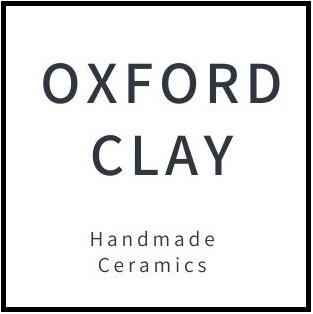What are ‘vegan’ ceramics?
You may have wondered “is pottery vegan?”. Well, the answer is, not always. Vegan ceramics are made without the use of animal products either in the ingredients or production methods. Whilst not obviously animal-based, ceramics can still use animal-based products either as ingredients or as tools to shape the clay.
Bone China
The ‘clay’ used by potters is actually a mixture of different ingredients to get the exact colour, texture and properties required. Some clays contain an ingredient called ‘bone ash’.
‘Bone china’ for example is made from 50% animal bones (usually from cows or pigs) which are heated and ground into a fine powder. Bone ash is frequently used in clay and glazes to make ceramics more resistant to thermal shock. Although synthetic alternatives to bone ash are available, many clay and glaze recipes still use bone ash to add translucency and strength to clay and glazes fired to high temperatures.
Vegan pottery doesn’t use bone ash in any clay or glaze recipes.
There are also many tools used in pottery that are derived from animals.
Leather
A soft leather known as chamois leather is often used by potters. Chamois leather can be used to polish clay to a shiny texture known as ‘burnishing’. Chamois leather is also used to smooth the rims of pots as they are thrown on the potter’s wheel. Vegan pottery does not use chamois leather in the throwing process. Instead, the rims of pots are shaped and finished using only the potter’s hand or a sponge.
Natural Sponge
‘Natural’ sponge or marine sponge is renowned for its soft texture. Many Potters use it when finishing their work as it doesn’t misshape the clay and gives a very smooth finish. However, because natural sponges come from Sea Sponge animals, they cannot be used to produce vegan pottery. Sea sponges take many years to grow and are an essential part of marine ecosystems. Cellulose sponges (made from wood fibres) can be used as an excellent alternative to natural sponges, they are cheaper and are readily available from supermarkets and DIY shops.
Shellac
Shellac is a resin secreted by lac insects. It is used to make liquid shellac, which some potters use as a ‘resist’. It can be painted into dry clay where it forms a waterproof barrier leaving a raised design as the other parts of the dry clay are rubbed away with a damp sponge.
Paintbrushes
Paintbrushes are a staple tool for potters when decorating pots with glazes and oxides. Some paintbrushes however, are made using the fur from animals killed in the fur industry.
Animals are also trapped and killed in the wild. The kolinsky sable-hair paintbrush, comes from the tail fur of a species of weasel called the Kolinsky that lives in Siberia. Kolinsky weasels are trapped and killed from the wild for their fur. PETA reports illegal hunting of wild animals for their fur is commonly covered up by relabelling one fur as another and that some animals that are killed are endangered species.
A particular type of brush specifically used in pottery for glazing called a ‘hake’ brush is usually made from goat hairs. Vegan pottery prohibits the use of animal hair paintbrushes so synthetic ones must be used instead. Synthetic brushes are readily available and actually often cheaper to buy.
Whilst some animal products are still used by potters there are so many fantastic vegan alternatives out there. Oxford Clay are proud that all our products are made without animal-based tools or ingredients.
If you are interested to learn more, we’ve put everything we know about making eco-conscious, vegan, pottery into these ebooks:

